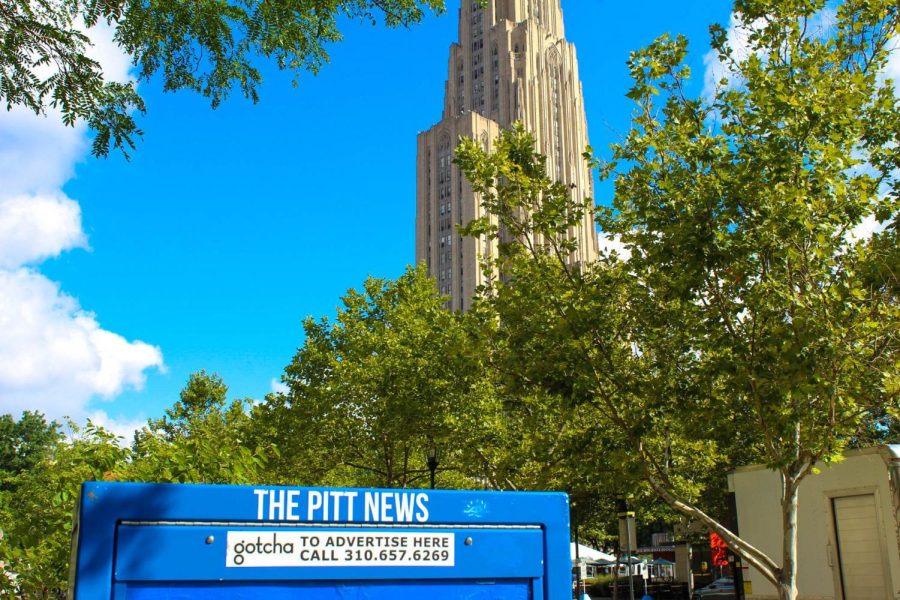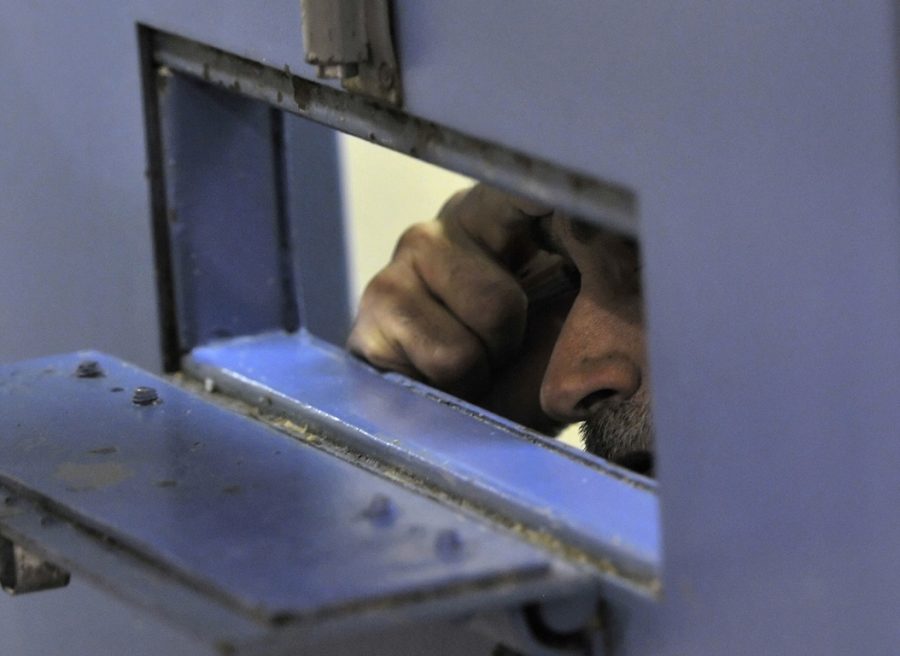Allegheny County’s prison system reflects the problems the American criminal justice system has faced for years.
Pitt’s Institute of Politics released a report Wednesday titled “Criminal Justice in the 21st Century: Improving Incarceration Policies and Practices in Allegheny County,” that includes a list of suggestions to improve the county’s criminal justice system, which is currently overpopulated and costly.
Many of the reforms, like avoiding monetary bail when possible, sound useful. But reform has to translate far beyond words on paper to even come close to overcoming years of overpopulation and racial and socioeconomic discrimination entrenched in this country’s criminal justice system and highlighted in the report.
The newly released data shows that the Allegheny County Jail population has increased by 70 percent over the past two decades, despite crime rates falling simultaneously. The main reason for the increase is due to pretrial detention — people being detained because they cannot afford to post bail and/or are awaiting trial — keeping low-income people disproportionately behind bars. As a result, 81 percent of inmates in Allegheny County haven’t yet been charged with the offense for which they were convicted. A statistic far worse than its national counterpart, which is just over 60 percent.
Because pretrial detentions have become so common, the inmate population has risen and the amount of people languishing in jail — paid for by taxpayer dollars in a public prison — becomes insurmountable. This is an economics issue as well as a human rights and a moral issue.
The report suggested the county could save $12 million a year without threatening public safety by instituting some of the reforms. When nearly 42 percent of the county’s general-fund budget is allocated to the criminal justice system, it is wrong to incarcerate the poor while having the public pay for it.
Instead of spending a large portion of the county’s budget on jails, it would be more beneficial to invest that money into social programs, education and affordable housing. If our lawmakers truly wanted to rehabilitate convicts, they would push for a more treatment-focused approach.
Furthermore, former U.S. Attorney Fred Thieman said 75 percent of the people in the Allegheny County Jail suffer from either mental illness, substance abuse or both. People with mental illnesses and substance abuse are vastly overrepresented in in our jail system. With one of the leading health care services and industries in the country in our own city, we have the resources to treat mental illness for what it really is: an illness. Instead, as is the case nationally, inmates with mental illnesses get funneled into the prison system where they remain untreated for years.
The most vulnerable people in Pittsburgh’s neighborhoods — and in cities nationwide — are being denied the treatment they deserve.
The report also called attention to the racial disparities of imprisonment, stating that people of color make up 49 percent of our jail population, even though only 13 percent of Allegheny County residents are African American.
Through community policing and reforming our police tactics, we can reduce some of the inequities people of color face. Former Police Chief Cameron McLay emphasized these reforms, and we’re hoping the next chief will continue to implement them.
As of now, people of color, low-income people, the mentally ill and people with substance abuse problems are being punished and forced to wait in prisons. It’s been a well-recognized problem at the national level for some time, but recognizing an issue and suggesting tentative solutions is no good without actual reform.
If we want to save money and preserve the humanity of people who have been pushed unjustly into the prison system — typically for nonviolent offenses — action should follow education.
Allegheny County should be a model for prison reform, not a microcosm of the current prison system.



